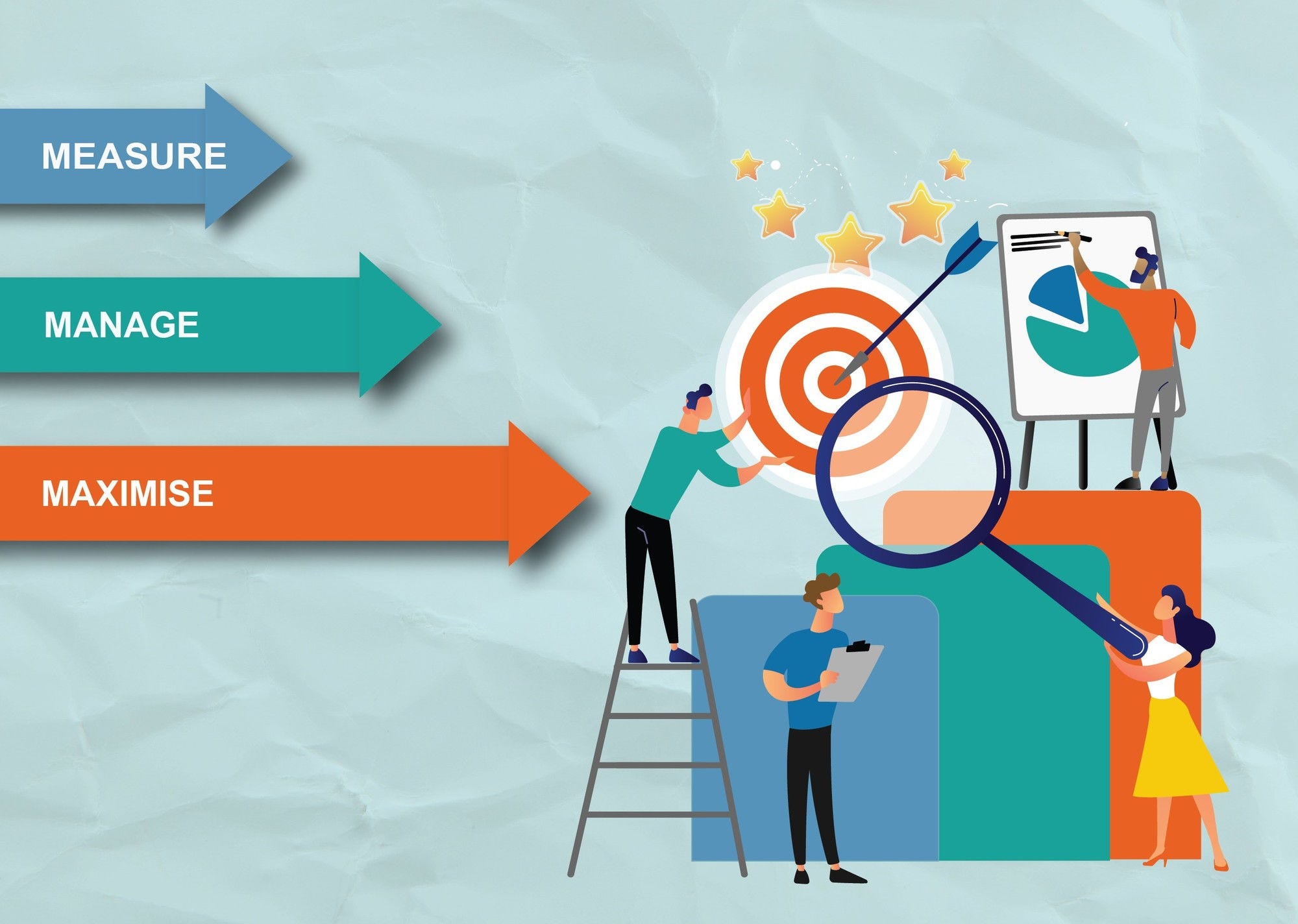The Policy Guide on Legal Frameworks for the Social and Solidarity Economy aims to support countries, regions and cities wishing to use legal frameworks as an appropriate lever to develop conducive social and solidarity economy (SSE) ecosystems. Building on data and information as well as good practice examples from over 33 countries, it provides step-by-step guidance, success factors and "pitfalls to avoid" to help policy makers i) assess why and when legal frameworks for the SSE are needed; ii) select legal options and involve stakeholders; iii) evaluate the performance of laws, and, iv) foster international peer learning on this topic. The guide also capitalises on learnings from the scoping paper on Legal frameworks for the social and solidarity economy, prepared as part of the OECD Global Action “Promoting Social and Solidarity Economy Ecosystems”, funded by the European Union’s Foreign Partnership Instrument and Designing Legal Frameworks for Social Enterprises: Practical Guidance for Policy Makers.
Policy Guide on Legal Frameworks for the Social and Solidarity Economy

Abstract
Executive Summary
Legal frameworks for the social and solidarity economy (SEE) exist in countries around the world, with many national and subnational governments in the process of adopting new ones. Many countries have adopted at least one law on specific legal forms of SSE entities (associations, cooperatives, foundations, mutual societies and social enterprises). Other countries have adopted a national framework law on the SSE as a whole (e.g., France, Mexico) or related notions such as the social economy (e.g., Spain, Portugal) or the third sector (e.g., Italy). A number of countries report that they are in the process of drafting or adopting additional laws on specific SSE entities (e.g., India on cooperatives and the Netherlands on social enterprises).
Legal frameworks can create important opportunities for the development of the social and solidarity economy. They can help raise visibility through legal recognition of SSE entities, facilitating their entry into new markets, their access to finance, and to public support. Such frameworks can also play an important role in facilitating the development and expansion of the SSE, and in some cases addressing inconsistencies across different types of social economy entities. Legal frameworks can also be used to establish a legal basis for a comprehensive set of complementary policy measures and facilitate targeted public schemes (financial and non-financial, tax incentives, etc.) for SSE entities to help them develop and thrive.
Legal frameworks can also serve to help mainstream the SSE in public policies. They can be used to develop cross-sectoral co-operation between different ministries and governmental agencies to better coordinate policies for the SSE and minimise conflicts or gaps in decision-making processes and resource distribution. They can also set institutional mechanisms or bodies (agencies, ministries) that serve as points of reference for SSE entities to facilitate their access to support services, resources and information. In some countries, specific policy needs, such as job creation, have driven the establishment of legal frameworks for the SSE as a whole, or for specific types of SSE entities (e.g., social enterprises in Korea).
However, countries might decide that they are not the most appropriate policy option to support the development of the SSE. Suboptimal legal frameworks can constrain the development of the SSE by limiting its activity to specific sectors (e.g., social services) or recognising only some legal forms (e.g., cooperatives) and not other possible forms. If poorly designed and implemented, they can also inhibit innovation and discourage the uptake of certain types of SSE entities and/or their engagement in certain activities.
Adopting legal frameworks is often a complex and time-intensive process. Unlike other policy areas, adjusting legal frameworks or developing new ones involves a lengthy legislative approval process that may span multiple legislative chambers and voting procedures. Given this complexity, it is important to understand the successive phases to develop legal frameworks, and proactively implement a plan to navigate them.
Why this guide?
This guide provides comprehensive and concrete guidance on how to develop legal frameworks for the SSE. The objective is not to push for the adoption of legal frameworks for the SSE, but rather to support those that consider legal frameworks as an appropriate lever to develop the SSE. This guide is applicable to wide a range of country contexts and varying degrees of SSE development. It seeks to help policy makers develop a clear understanding of what the SSE is, as well as the diversity of entities, practices, and business models that the SSE encompasses.
This guide equips policy makers to determine if, why and when to design legal frameworks, the core steps to develop and implement effective legislation, as well as how to evaluate its performance over time. Legal concepts and options are clarified, as well as the differences between legal forms and legal statuses. The guide also provides an overview of different options such as framework versus specific laws, identifies key factors that shape their development, and the decision to engage in the process of designing them such as stakeholder participation and engagement.
How can policy makers use this guide?
The main target audience of this guide is policy makers at all levels of government, including public administrations and parliament. This guide is relevant to all public authorities around the world who wish to design and implement legal frameworks, and a conducive policy ecosystem for the SSE more broadly. The guidance hereafter is also useful for SSE entities and their representatives to participate in the life cycle of legislation.
This guide does not provide one-size-fits-all policy advice. Rather, it presents possible initiatives and concrete actions that can be taken at the national or local level, drawing on international good practice examples. Policy makers can select the policy recommendations that match the specific needs and conditions of the SSE in their country or region. This enables them to adapt the recommendations and to develop tailored legal frameworks that promote their own policy objectives.
This guide is structured around four main policy actions related to the life cycle of legal frameworks. They include: 1) asses the need and relevance for legal frameworks (scoping phase), 2) select relevant legal options and involve stakeholders (development phase), 3) evaluate the performance of laws (assessment phase) and, 4) foster international peer exchange. These policy actions do not follow a chronological order, but rather a logical sequencing that reflects a legal cycle. A list of guiding questions for policy makers is available at the beginning of each action and further compiled into a single checklist. Each country, region or city will determine where, on this spectrum, the policy push might be needed at a given moment in time.
To help policy makers, this guide offers an actionable checklist and country examples to develop legal frameworks for the SSE. It also offers practical advice in the form of success factors and pitfalls to avoid. The boxes showcase good practice examples and step-by-step guidance that draws from the experiences of countries and regions worldwide.
In the same series
-
 20 March 2023
20 March 2023
Related publications
-
 25 October 2024
25 October 2024 -
 8 October 2024
8 October 2024 -
 Case study8 October 2024
Case study8 October 2024










